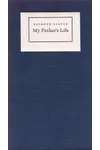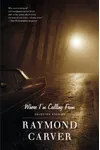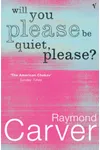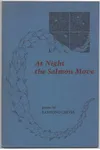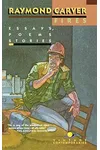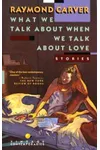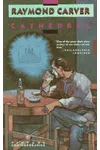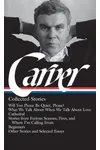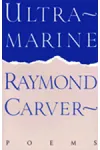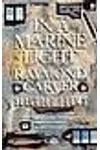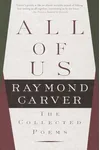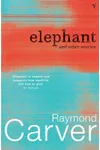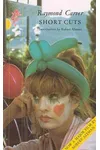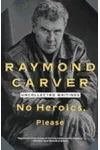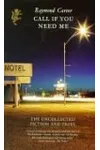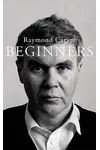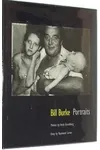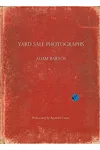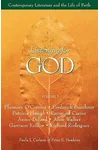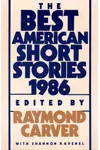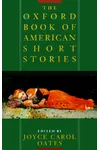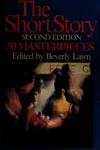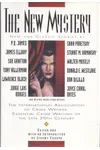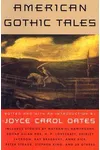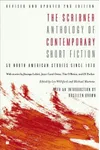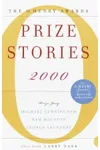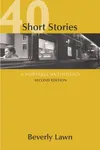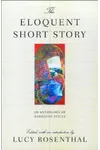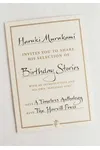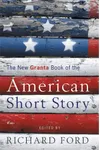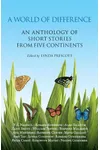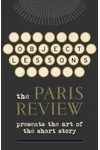Picture an American storyteller who turned the struggles of everyday folks into literary gold—meet Raymond Carver! Born in 1938, this short story maestro and poet redefined minimalism with his raw, honest prose. From gritty working-class roots to literary stardom, Carver’s tales of ordinary lives pack an emotional punch that still resonates today.
The Making of Raymond Carver
Raymond Carver grew up in Clatskanie, Oregon, in a blue-collar family. His father, a sawmill worker, and his mother, a waitress, faced financial hardships that shaped Carver’s worldview. A voracious reader, he found solace in books and began writing as a teenager. After marrying young and raising two children, Carver juggled odd jobs—janitor, deliveryman—while honing his craft at small colleges. His early stories, published in obscure literary magazines, hinted at the brilliance to come.
Raymond Carver’s Unforgettable Stories
Carver’s breakthrough came with Will You Please Be Quiet, Please? (1976), a collection of stark, poignant stories about loneliness and fractured relationships. His masterpiece, Cathedral (1983), showcases his signature style: spare prose, vivid dialogue, and an uncanny ability to reveal profound truths through mundane moments. In the title story, a blind man’s visit transforms a prejudiced narrator’s perspective, a testament to Carver’s knack for quiet epiphanies. What We Talk About When We Talk About Love (1981) dissects romance and human connection with razor-sharp precision, cementing his reputation. His poetry, like Where Water Comes Together with Other Water (1985), mirrors his stories’ economy, capturing fleeting moments of beauty and despair.
Known for “dirty realism,” Carver focused on the working class—waitresses, mechanics, alcoholics—whose struggles he knew intimately. His minimalist approach, often compared to Hemingway, stripped away excess, letting raw emotion shine. Influenced by his editor Gordon Lish, Carver’s stories evolved into tightly crafted gems that revolutionized the short story form in the 1980s.
Why Raymond Carver Matters
Raymond Carver’s impact is monumental. His stripped-down style inspired a generation of writers, from Ann Beattie to Tobias Wolff, revitalizing the American short story. By giving voice to the marginalized, he brought empathy and authenticity to literature. Despite battling alcoholism and dying of lung cancer at 50 in 1988, Carver’s legacy endures in classrooms, book clubs, and the hearts of readers who find solace in his unflinching honesty.
- Born: May 25, 1938, Clatskanie, Oregon
- Key Works: Cathedral, What We Talk About When We Talk About Love, Will You Please Be Quiet, Please?
- Awards: National Book Award nomination, O. Henry Awards
- Died: August 2, 1988
About Raymond Carver
Ready to feel the weight of everyday life in a new way? Grab Cathedral and dive into Raymond Carver’s minimalist magic!



